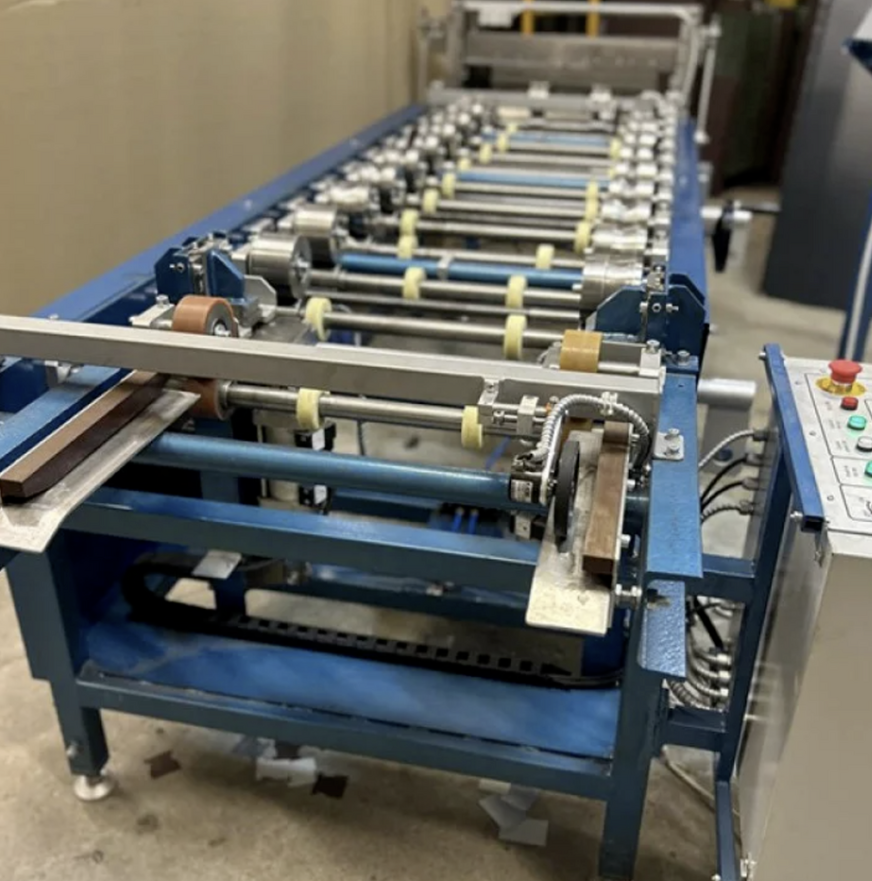
Posted on Wednesday, July 31, 2024
When choosing roofing or cladding solutions, understanding the differences between Snaplock standing seam panels and traditional options like mechanically seamed panels and corrugated panels is crucial. Each panel type has distinct advantages and disadvantages, making them suitable for specific applications. Let’s compare these options to help you determine which is best for your project.
Overview: Snaplock panels are designed with a self-locking system, eliminating the need for mechanical seaming during installation. These panels offer a sleek, modern appearance and are particularly popular in residential and light commercial applications.
Pros:
Cons:
Best Applications: Residential projects, small commercial buildings, and areas with moderate weather conditions.
Overview: Mechanically seamed standing seam panels are interlocked and sealed using a mechanical seaming tool, creating a highly durable and watertight roofing solution. These are often used in industrial and heavy commercial applications.
Pros:
Cons:
Best Applications: Industrial and commercial buildings, regions with extreme weather, and projects requiring high durability.
Overview: Corrugated panels, characterized by their repetitive ridges, are a traditional roofing and cladding option known for affordability and ease of installation.
Pros:
Cons:
Best Applications: Agricultural buildings, sheds, garages, and budget-conscious residential or industrial projects.
| Feature | Snaplock Standing Seam | Mechanically Seamed | Corrugated Panels |
|---|---|---|---|
| Ease of Installation | Easy | Complex | Easy |
| Cost | Moderate | High | Low |
| Durability | Moderate | High | Low to Moderate |
| Weather Resistance | High | Very High | Moderate |
| Aesthetic Appeal | Modern and Sleek | Functional | Traditional |
| Best for | Residential, light commercial | Industrial, harsh climates | Agricultural, budget projects |
Each option has its unique strengths, and the best choice ultimately depends on your project’s requirements, budget, and location.

Understanding Coil IDs, Mandrel Sizing, and Shear Pin Safety in Uncoilers
Posted on Wednesday, October 1, 2025
Mismatched sizes can lead to machine damage, downtime, and safety hazards — often evidenced by a shear pin failure.

How Coil Tensile Strength Affects Roll Forming and How to Adjust Your Machine
Posted on Wednesday, October 1, 2025
Changes in tensile strength can significantly affect the finished profile, causing misaligned bends, uneven edges, and out-of-spec parts.

Why Paint Cracks on an Embossing Line Running Pre-Painted Coil and How to Prevent It
Posted on Wednesday, October 1, 2025
This issue not only affects the visual quality of the product but can also lead to increased scrap rates and customer complaints.

The Most Popular Standing Seam Metal Roof Panels in the U.S. — A Comprehensive Guide
Posted on Monday, September 29, 2025
In this post, we’ll explore what panel styles and sizes are most popular in the U.S